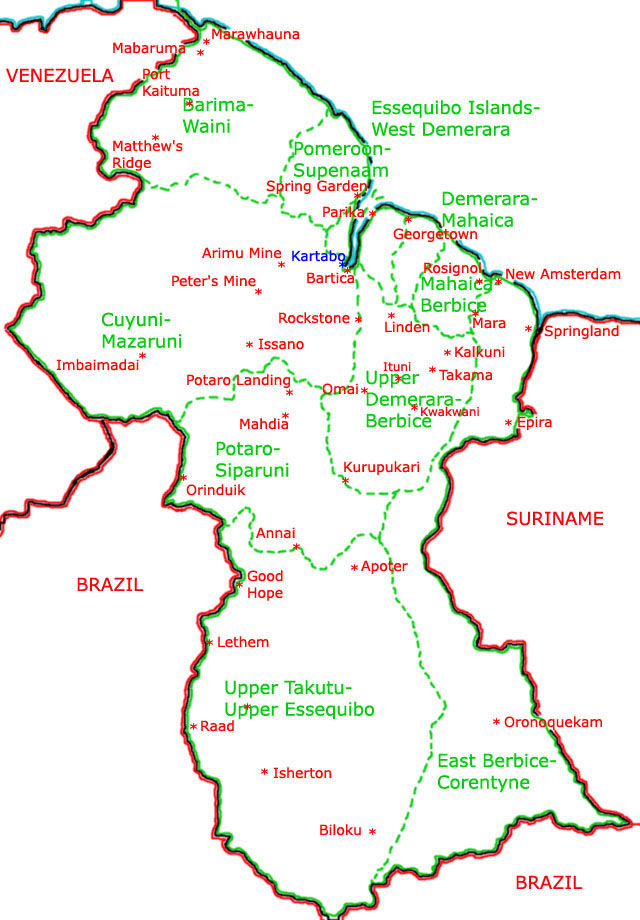Guyana Smerinthini:
Adhemarius and Protambulyx Thumbnails

I have arranged the images in accordance with my perception of wing characters: predominent markings, shape, colour, size.
Females often have a wing shape or pattern that differs from the males. I hope some day to also have a thumbnail checklist for the females.
As of May 8, 2011, this checklist has been revised for French Guiana. The page is inspired by and dedicated to Andres Urbas who has provided beautiful images and data for many species.
Many thanks also to Dan Janzen and other photographers/sources who have provided images or information as cited on the individual species files.
Adhemarius: palmeri and roessleri are quite distinct. |
 A. daphne daphne Similar to A. gannascus. Fw subapical mark on costa broader than in gannascus. Note absence of dark costal region in antemedian band.  A. roessleri * Dark apical patch broadly trapezoidal. Antemedial band bulbous lower 2/3, split, with slight intrusion onto costa. not sure if roessleri flies in Guyana, maybe ypsilon?? |
 Adhemarius gannascus dark area on basal costa continuous to inner margin forewing less produced than in dentoni; dark apical area reduced to thin comma;  Adhemarius palmeri large semicircular dark area on costa; separate from larger, lower dark area; additional dark patches on costa oblong dark oval in lower median area |
 A. gagarini * Similar to A. gannascus. Dark area on basal costa continuous to inner margin Fw subapical mark on costa broadly trapezoidal. |
add sexoculata
Protambulyx: The four-five Protambulyx anticipated in Guyana should be easily determined just by examination of the forewings as per the significant characters indicated below.
|
+++++++
Use your browser "Back" button to return to the previous page.
This site has been created by
Bill Oehlke at oehlkew@islandtelecom.com
Comments, suggestions and/or additional information are welcomed by Bill.
Enjoy one of nature's wonderments: Live Saturniidae (Giant Silkmoth) cocoons.
 Show appreciation for this site by clicking on flashing butterfly to the left. The link will take you to a page with links to many insect sites. |